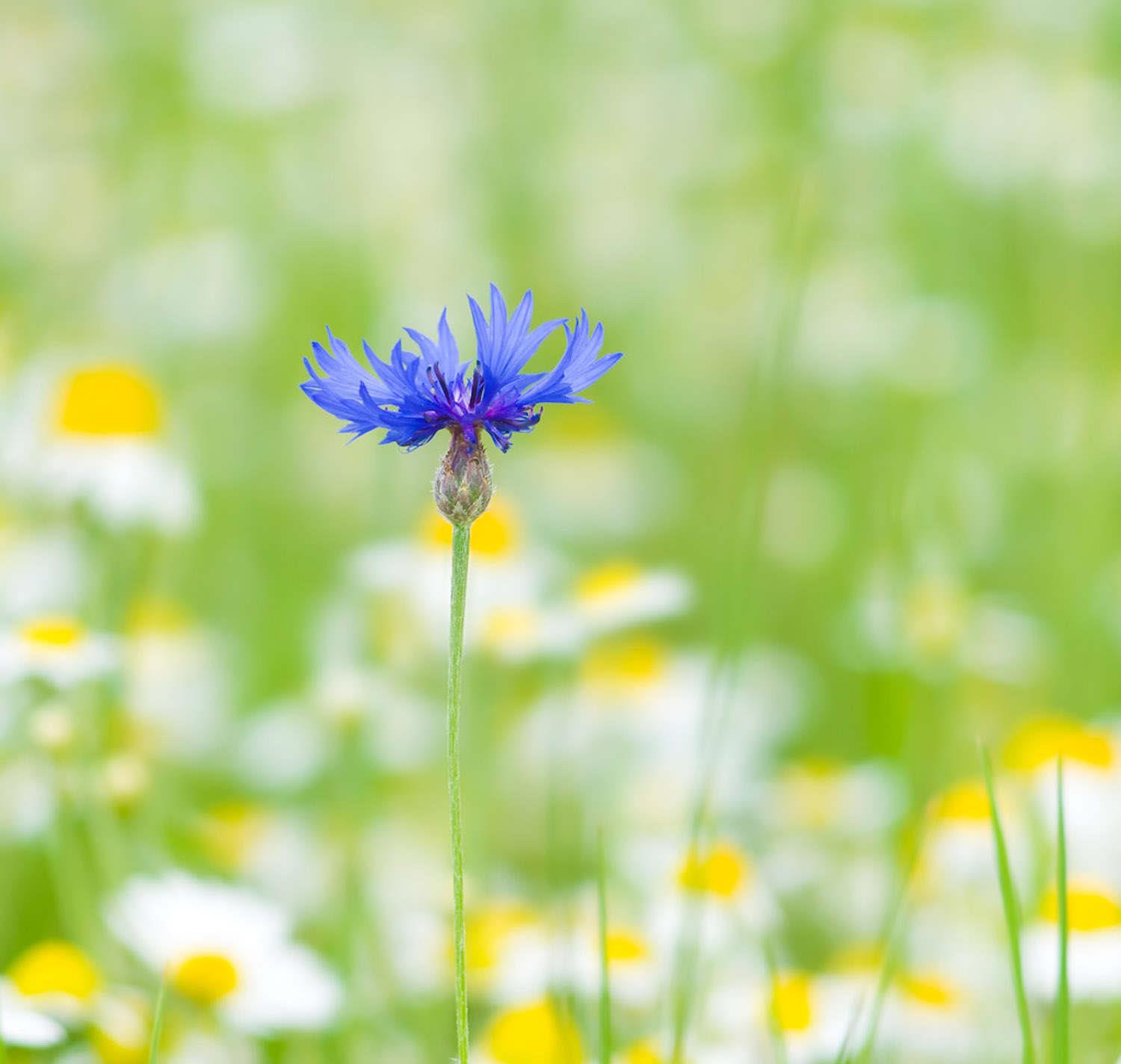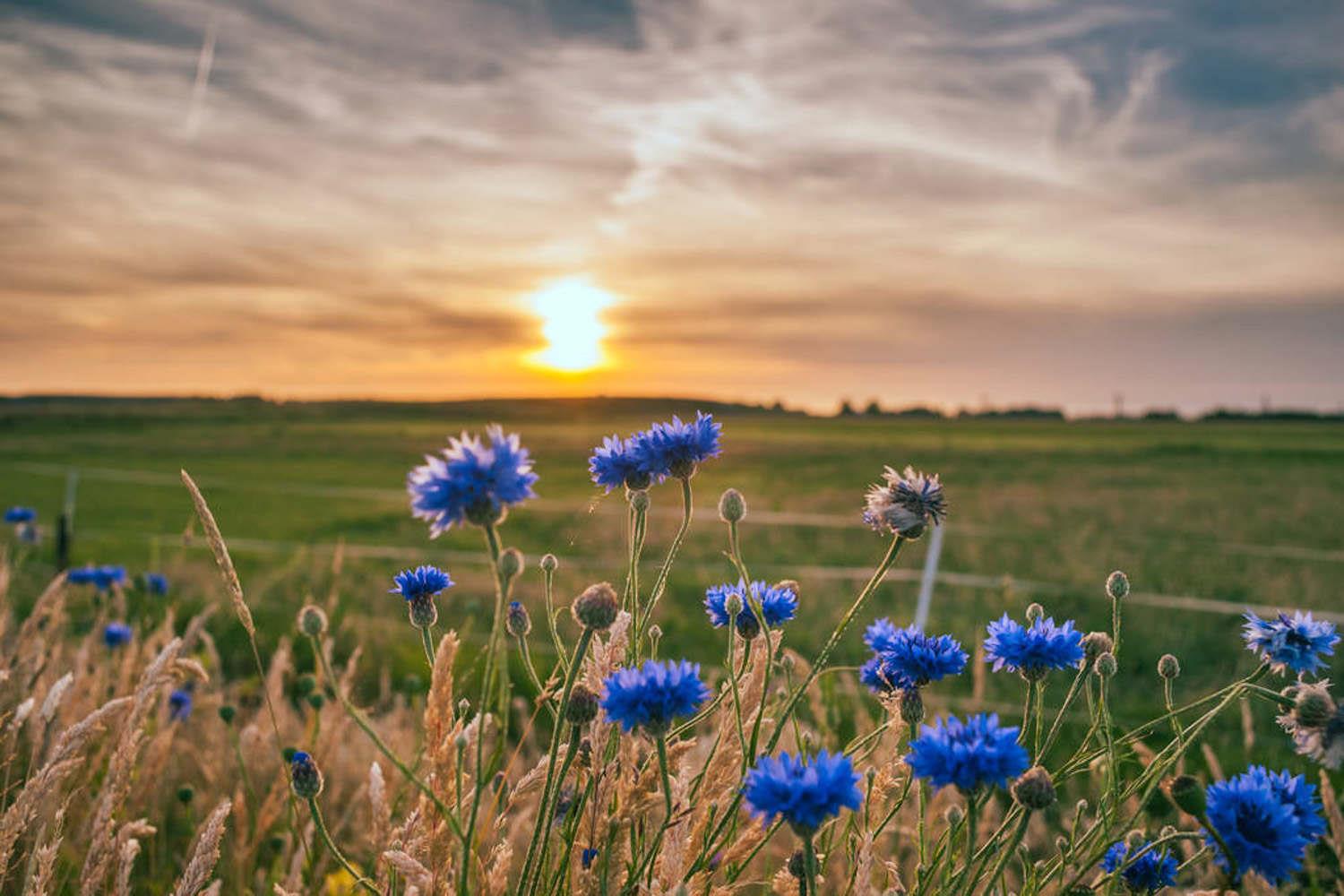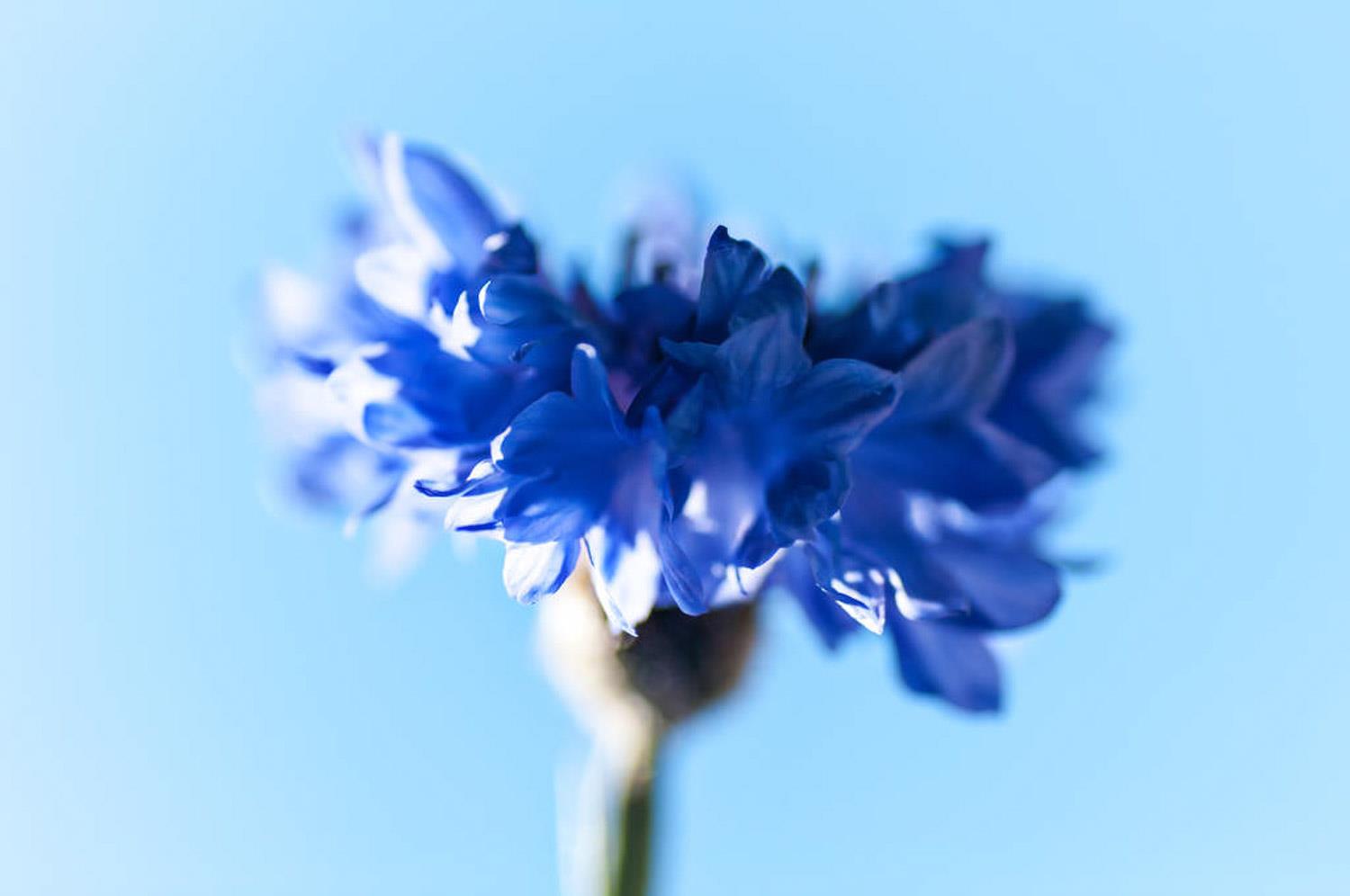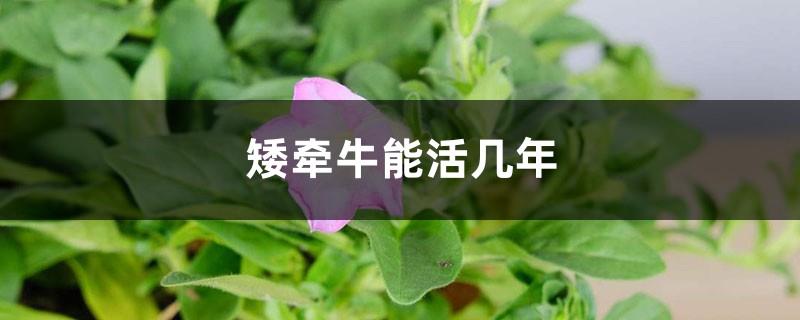Cornflower home cultivation methods and precautions
Last Update :2024.11.12
Article Catalog
Pot soil: Cornflower prefers loose, fertile, sandy loam with good drainage; Light: It is a long-day plant and needs a longer period of light; Water and fertilizer: Just water once a day, during drought in summer Water once in the morning and evening, and apply more phosphorus and potassium fertilizer before flowering; for pests and diseases: generally water and fertilize appropriately, and keep ventilated.

Breeding method
Cultivation methods
Pot soil requirements
Cornflower prefers loose, fertile, sandy loam with good drainage. Therefore, cornflower pot soil should be well-drained and aerated as much as possible. If the soil is more sticky, it can be improved by mixing wood chips or pearl stones. Garden soil, leaves, plant ash, etc. mixed with mixed soil are the best choices for cornflower pot soil.

Light control
Cornflowers are long-day plants that require a longer period of light, so be sure to place them in a place with sunlight in winter.
In winter, the daylight hours are relatively short, which sometimes cannot meet the needs of cornflowers themselves. You can use plant lights at night to supplement lighting, so that they can bloom earlier.
The sun is strong in summer, so cornflowers cannot be placed in direct sunlight. Pay attention to shading and just receive some scattered light.

Water and fertilizer regulation
Watering cornflowers once a day is actually enough. However, when the summer is drier, you need to water more, usually once in the morning and once in the evening to keep the pot soil moist and reduce the temperature of the pots. However, Be careful not to accumulate water.
Cornflowers love to be fat. If the leaves grow too lush, the amount of nitrogen fertilizer should be appropriately reduced, and more phosphorus and potassium fertilizer should be applied before flowering, so that it can produce large and beautiful flowers.

Disease and Pest Control
< p> Cornflowers have fewer insect pests. Just pay attention to water control, fertilize appropriately, increase light, and maintain ventilation. In severe cases, spray more insecticides appropriately.Cultivation Precautions
Avoid growing too densely
Cornflower stems are very thin and can easily fall over. Prevent it from growing too densely and keep it ventilated. Failure to do so may cause lodging.
Pay attention to proper fertilization
During the growth period, apply liquid fertilizer once every 20 days. However, you should be careful not to apply too much nitrogen fertilizer. You should apply more phosphorus and potassium fertilizers appropriately, so that the stems can grow. The stem is strong and bears bright flowers.
Pay attention to appropriate amount of watering
At the same time, watering should be appropriate. Too much water will cause root rot and affect the normal growth of the plant.
Breeding precautions
- END -
How many years do petunias live?

Due to the influence of living environment, planting methods, cultivation methods,...
How to breed fuchsia

Soil: Fuchsia prefers relatively soft soil with high nutrient content. Temperature...